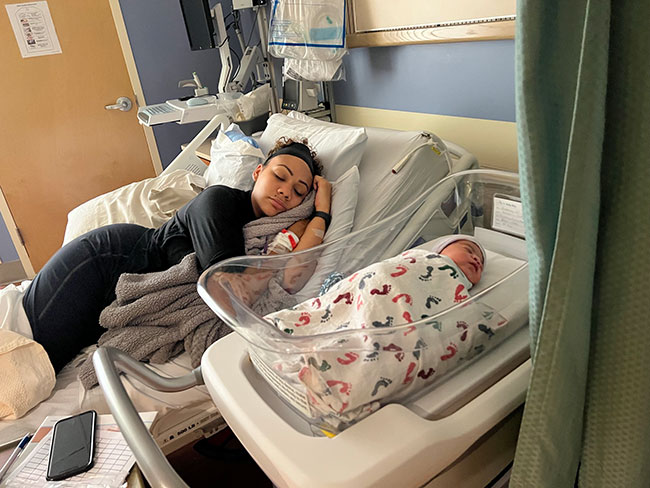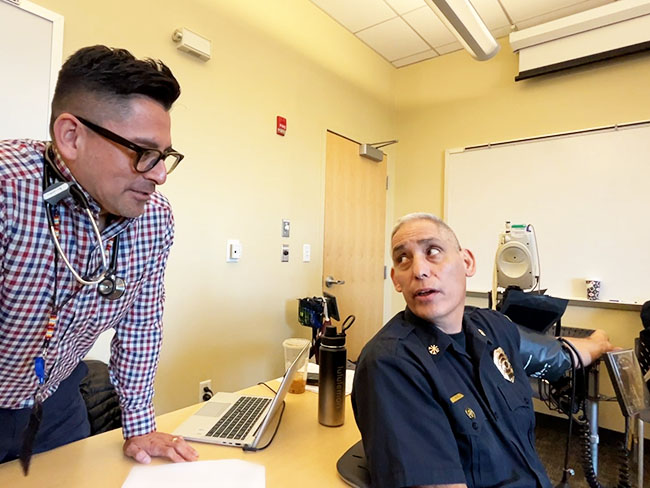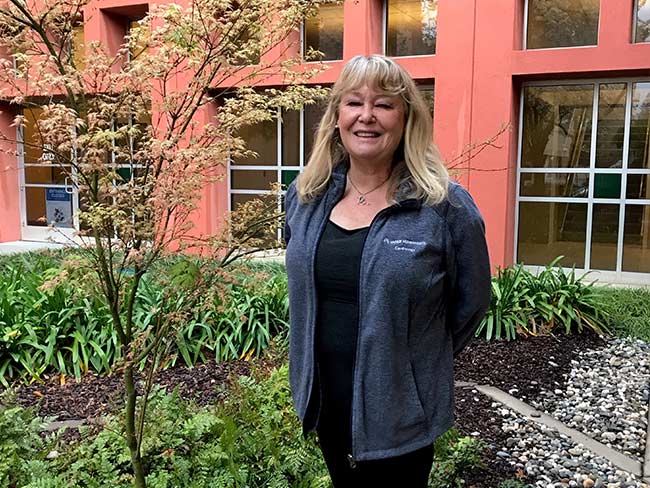Is telehealth right for you?
Members give video visits high marks — and with a few simple tips, you can prepare for a successful telehealth experience.
Kaiser Permanente video visits allow our members to receive quality primary and specialty care from the safety and comfort of their homes.
Like many Americans, Rosemary Sallee had never booked a video appointment with her doctor before the COVID-19 pandemic. But her first visit exceeded expectations.
“Let's face it — the last thing you want to do when you have a bout of stomach flu is get in a car and drive to the doctor,” said Sallee. “The video appointment was comfortable, quick, easy to schedule, and kept my bad day from turning into a bad day for other patients in the waiting room who could possibly catch my illness.”
At Kaiser Permanente, our members can choose from many telehealth options, including video visits. These options are popular: More than 31% of members choose telehealth over in-person health care appointments. That’s twice as often as people who get care outside of Kaiser Permanente.
Members who use our telehealth services benefit from care teams who can see their health history. That’s because all our clinicians have access to our patients’ electronic health records. Access to important information means our care teams can provide better quality, safer care.
Nationwide, our care teams conduct an average of 27,500 video visits each weekday. And our members consistently rate those visits 4.5 out of 5 stars in after-visit surveys. There is also 24/7 virtual care from a Kaiser Permanent clinician for people traveling outside their region available through the kp.org app.
“Our patients have always really liked video visits,” said dermatologist Samit Patrawala, MD, who has made video visits a staple of his practice. “They allow a personal connection and quality care, while also being affordable and convenient, and saving time away from work.”
Get started with video visits
Video visits are available for a wide range of health issues. For example, they provide a convenient option for getting high-quality care face-to-face for cold, flu, and many other winter concerns and symptoms. Video appointments can be joined from a smartphone or tablet, or using a desktop or laptop computer.
“Our patients benefit from our years of leadership and investment in video visits,” said Dr. Patrawala. “Video visits offer so many advantages by streamlining the interaction between patient and physician — no parking, no check-in, full history, the ability to immediately order needed tests, and more — while still preserving a face-to-face, human connection.”
Tips for a successful video visit
Dr. Patrawala offers several suggestions for making the most of your video visit:
- Prepare like you would for an in-person visit: Make a list of questions, prioritize concerns, and be ready to answer any questions about your current medications and symptoms.
- Join with your camera and microphone at least 15 minutes early to check your internet connection and equipment. If you use a mobile device, make sure you have a good Wi-Fi connection or a strong network signal of at least 3 bars.
- Choose a quiet, well-lit place to ensure clear communication, free from distraction.
- If you need or want someone else on the call or video — a family member or a friend — let the doctor know. He or she will help get that person connected, too.
- Let your doctor know in advance if you need an interpreter to join your visit.
Learn more about how easy telehealth is and all the options Kaiser Permanente has to offer.







